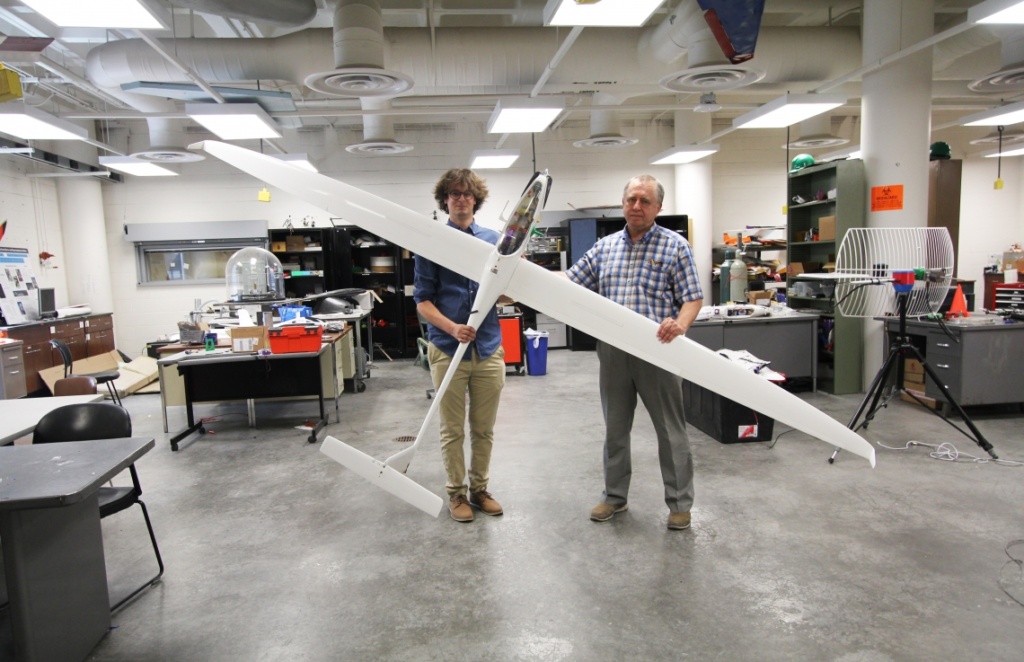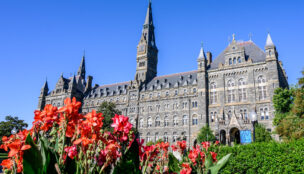
Paired with a NASA scientist, a team of researchers from Arizona believes the future of Martian exploration lies in a motorless plane designed to fly like a large seabird.
Robots rule the roost on Mars. Rovers study the planet’s surface while orbiters scout from far above. These “sailplanes” would target the in-between region.
“This is where all the exchanges between the surface and atmosphere happen,” says Alexandre Kling, a research scientist in NASA’s Mars Climate Modeling Center in a press release. “And we just don’t have very much data about it.”
It’s a bird, it’s a plane… These 11-pound, 11-foot-wingspan sailplanes would ride winds in an S-shaped pattern—the way that albatross fly on long journeys. Horizontal wind speeds tend to increase with altitude, so the planes would accelerate as they rise, turn 180 degrees, drift back toward the ground, then repeat the process.
- In this way, the planes can fly for “hours or even days at a time,” per the release.
- The researchers will test their design this summer at ~15,000 feet above sea level, where Earth’s atmosphere is thinner, like Mars’s.
Taking flight: If successful, sailplanes would travel to the Red Planet tucked inside CubeSats. Post-deployment, they’d either unfold or inflate and begin collecting data on the atmosphere.
Still, no plane can fly forever—especially one without a motor. Once the planes inevitably fall, they’ll continue gathering data about atmospheric conditions. In effect, the grounded sailplanes would become a network of Martian weather stations. Now that’s how you get the most bang for your buck.



